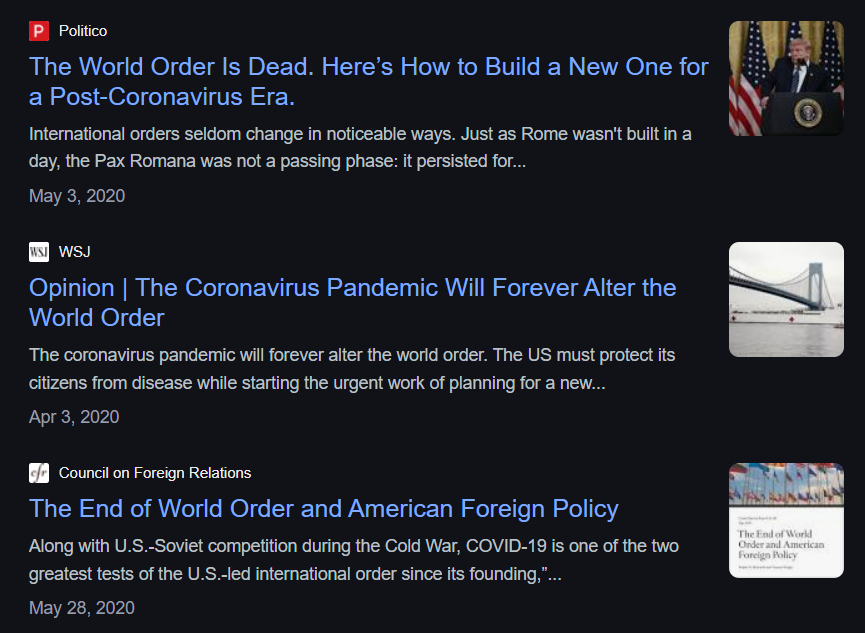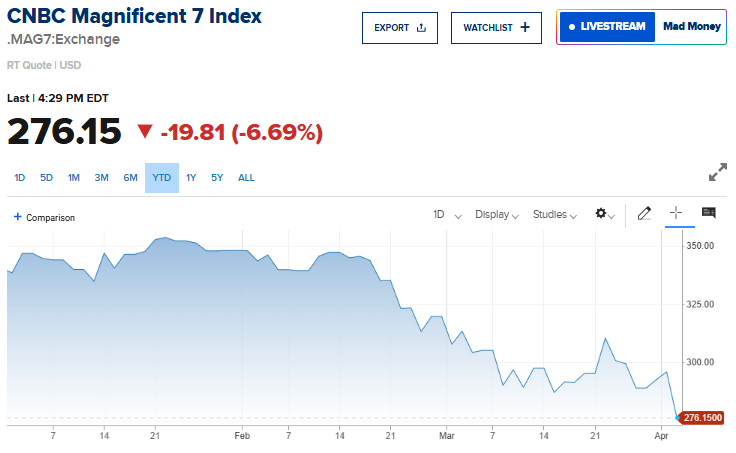Cody’s Latest eBook: Stocks Wanted for 2016

Morning everybody. Well, we’ve put the finishing touches on our new eBook called “Stocks Wanted for 2016: Cody Willard analyzes 78 of your stock picks” and as members of Trading With Cody, you can get it for free. You can read it on a browser or download a PDF of to read on a Book Reader app by clicking here: Stocks Wanted for 2016. You can also just hit reply to this email and ask us to email you a copy of the PDF directly.
Markets are fading from their morning pops. No trades for me today, as I continue to be patient, flexible and follow our playbook. And like I said yesterday, “Still heavy on cash, still being patient as we scale into some more long exposure.”
Read or download the PDF of this book by clicking here: Stocks Wanted for 2016.

After I asked readers of mine from Marketwatch, USA Today, TheStreet, Scutifyand Trading With Cody to send me stocks they want me to analyze, I was bombarded by requests from all sectors of the market. I soon realized that I was going to be in for a lot of work as the list of stocks to look at climbed to almost 80.
For help putting together the balance sheet, earnings estimates and other fundamentals on each name, I enlisted the help of Liam Garrity-Rokous, a very bright college kid who runs LGRAnalytics.com and who’s been a smart contributor to Scutify. He pored through Yahoo Finance, Morningstar and company filings to get us as accurate a set of numbers as possible.
From there, I went through each and every name, going to their website, reading their latest headlines, Tweets and Scuttles on their respective Scutify stock page, my go-to resource for finding the latest scoop on stocks. I’d Google each of their names to learn a little more about them. I was already familiar with most of the stocks we analyzed for this book, although some of the smaller caps were new to me and took more time to get to know.
For each of the 78 stocks I analyzed for this book, we give a brief description of each company’s primary businesses and outline some of the most important balance sheet and business fundamentals. Rather than just going with a simple P/E, we break down the enterprise value of each company, which makes companies that have huge cash balances and lots of flexibility look cheaper than those carrying big net debt loads around their necks.
From there I give you some of my trademarked cut-throat Revolution Investing analysis including some history of the company where applicable, how the company’s valuation is vs its fundamental prospects and how much I like or dislike the investment prospects for each respective stock.
And for those of you who really just want a shorthand rating system, don’t worry. I put a Revolution Investing rating from 1 to 10 on each stock, 1 being “Get out of this position now!” and 10 being “Sell the farm, I’ve found a perfect investment.”
Let’s review our playbook. We seek to own companies with very strong balance sheets that are revolutionizing and/or outright creating their industries. We try to buy those companies cheaply/early like we did with Apple in 2003, Google on its IPO, FB near $20 after its crashed IPO, First Solar after letting it crash in the alternative energy bubble pop, and many others such as those that we can hold onto them for many years. We start small and slowly in each position, recognizing that there will be many ups and downs in each stock in the years ahead. Since we believe in these companies ability to grow as they revolutionize their industries over many years, we scale into our long positions when the stocks are getting hit and we trim them when stocks rally hard. We get aggressively long after stock markets crash and we whittle down our long exposure when markets bubble.
Long-term followers of mine know that we’ve trimmed our remaining longs and outright reduced the total number of longs in the portfolio and added shorts throughout 2015 after having been aggressively long since I’d left TV and started trading again in 2011.
All that said, I don’t think we’ve seen the last of this Bubble Blowing Bull Market even as there are more potential crash catalysts these days then there has been in years.
Remember: I wouldn’t rush into a full position all at once in any of these stocks or any other position you’ll ever buy. Patience and allowing the market and time to work to your advantage by buying in tranches is key. Maybe 1/3 or 1/5 of whatever you might consider to be a “full position” in any particular stock. And I wouldn’t ever have more than 5-15% of your portfolio in any one stock position at any given time. The younger you are and/or the higher the trajectory of your career income, the more concentrated and risk-taking you can be with weighting in your portfolio. But spread your purchases and your risk out over time and over a several positions no matter your age or risk-averse level.
Scaling into a position using an approach of buying 1/3 or 1/5 or smaller tranches for both longs and shorts over time is how I build my personal portfolio positions, but there’s no scientific way to run a portfolio. Sometimes you have to pay up for the latest tranche but I try to be patient and wait for a temporary sell-off to add to the existing position.
Before you ever make any trade, step back and catch your breath before moving any money anywhere. Rank your positions and your whole portfolio and make sure you’re not about to make any emotional moves with your money.
If you haven’t yet read “Everything You Need to Know About Investing” then spend a couple hours doing so, please. It’s a quick read but chock-full of important ideas, concepts and strategies that amateurs and pros alike should understand.
A few themes run through the book that are worth noting.
First, despite all the carnage in the last few months in a lot of individual stocks, there isn’t but a handful of stocks rated 7/10 or higher in the book. In my own personal portfolio, I own about a dozen names and have a handful of short positions. My long names are almost all rated 7/10 or higher.
Specifically, there are no 10/10 or 9/10 rated stocks. There are three 8/10 rated stocks (GOOG on page 11, FFIV on page 40, QCOM on page 45), and a dozen 7/10 rated stocks including Amazon on page 12, Netflix on page 13, Akamai on page 34 and Twitter on page 51. That lack of strong buy names is reflective of the fact that the markets just aren’t cheap right now as well as that earnings and topline growth just aren’t strong for many sectors.
Speaking of sectors, I was disappointed but not surprised that every single energy and other commodity stock requested for me to analyze for this book was highly leveraged and in trouble of being able to handle that debt in the next few quarters.
There were a lot of requests for smaller cap biotech stocks and most of those were rather like venture capital investment opportunities, as the companies have huge upside potential but tremendous risk of total failure too. I wouldn’t suggest investing in biotech stocks in general as the sector faces pricing headwinds going forward. But if you do enough homework on an individual company and its prospects in its industry and you speak to doctors from that industry and get strong feedback and so on, there are always 10-bagger and bigger opportunities in individual stocks that get approval and distribution for new cures, tests and other biotech products.
It was a wild week of action over the last week as we wrote this book with stocks declining across the board led down by energy. Some of the stocks mentioned in the following pages are down 10-20% or even more in the last week, but my analysis and ratings for each stock and industry isn’t meant to be short-term anyway. There are a few select stocks that I do mention price levels at which I’d be a buyer, so keep an eye out for those as some of the stocks are getting closer to those buy levels.
Read or download the PDF of this book by clicking here: Stocks Wanted for 2016.
About the authors
Cody Willard is the editor of TradingWithCody.com, where he posts all his stock and option trades from his personal account. He is the Chairman of Scutify Apps and the principal of CL Willard Capital. Mr. Willard was an anchor on the Fox Business Network, where he was the co-host of the long-time #1-rated show on the network, Fox Business Happy Hour. He was a former hedge fund manager, and his stock picking ideas and economic outlooks have been featured on NBC’s The Tonight Show with Jay Leno; ABC’s 20/20; CBS’ evening news; CNBC’s SquawkBox; Jon Stewart’s The Daily Show; as well as in the Financial Times, the Wall Street Journal, the New York Times, and many other outlets.
Liam Garrity-Rokous is currently a junior in the Carroll School of Management at Boston College, pursuing a Bachelor of Science in Management with a dual concentration in Finance and Corporate Reporting & Analysis. At time of publication, Cody was net long Apple, Google, Amazon, Netflix, Facebook, Ambarella, Qualcomm and First Solar. Liam had no positions in any of the stocks mentioned.



